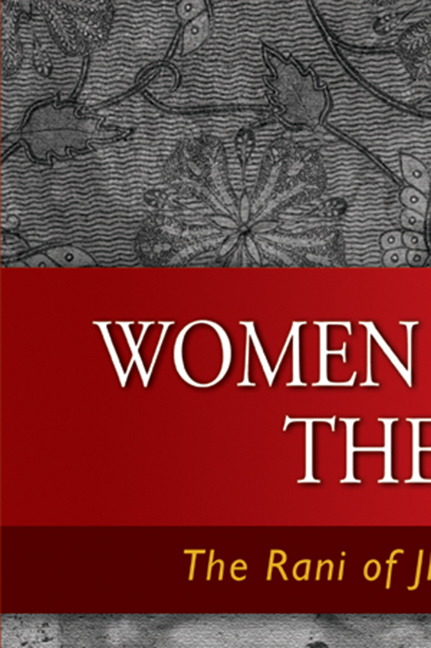Book contents
- Frontmatter
- Dedication
- Epigraph
- Contents
- Message from ISEAS Director
- Foreword
- Preface
- Acknowledgements
- 1 The Historical Rani
- 2 Bengali Nationalism
- 3 Bengali Women Revolutionaries
- 4 Subhas Chandra Bose
- 5 The Indian National Army
- 6 Volunteers from the Malayan Rubber Estates
- 7 The Rani of Jhansi Regiment
- 8 Deployed to Burma
- 9 After the War
- 10 Conclusion
- Epilogue
- Bibliography
- Index
- About the Author
- Frontmatter
- Dedication
- Epigraph
- Contents
- Message from ISEAS Director
- Foreword
- Preface
- Acknowledgements
- 1 The Historical Rani
- 2 Bengali Nationalism
- 3 Bengali Women Revolutionaries
- 4 Subhas Chandra Bose
- 5 The Indian National Army
- 6 Volunteers from the Malayan Rubber Estates
- 7 The Rani of Jhansi Regiment
- 8 Deployed to Burma
- 9 After the War
- 10 Conclusion
- Epilogue
- Bibliography
- Index
- About the Author
Summary
The immediate concern confronting everyone in the RJR as in the INA when they returned home was the loss of their Netaji in a plane crash in Taiwan. This event has occasioned endless speculation and theories of how and whether he perished then, and heated debate continues as of this writing.
When Netaji was once asked if he knew what kind of death he wished for himself, he replied, “I should be flying very high and I must suddenly crash down to the earth and die. That'll be wonderful.” It seems he got his wish. Ayer also reports that he was told by Habibur Rahman that Netaji did not complain as he lay dying of burns.
The initial response to reports of the crash was disbelief. A hero larger than life cannot die; a legend does not die, for in fact he has become a legend. There are those who still deny that he died in the plane crash, saying that he was sighted in Moscow or Manchuria after the war, or that he lived on as a sunnyasi in a cave in the hills of Assam or elsewhere in the mountains.
The Indian Government took these allegations seriously, seriously enough to appoint three separate commissions to ascertain the facts. The first commission, headed by Shah Nawaz, visited Japan in 1955–56. There was a reason for Shah Nawaz's visit to Tokyo. On the plane with Netaji was Habibur Rahman, the only other Indian, and Netaji had to plead with Japanese military authorities to secure a second seat. A Japanese general and crew, including pilot, were aboard. The plane was heavily loaded, probably overloaded, and one engine broke off, causing the crash. Fuel spilled over Netaji, after which his uniform caught fire, and he became a human torch enveloped in flame. Habibur Rahman was burned, but not seriously. Netaji was hospitalized, attended by a Japanese physician and interpreter. Habibur stayed with him as he died shortly and was cremated. A Japanese officer named Hayashida carried his ashes from Taiwan to Tokyo, where they remain in the Renkoji Temple and have been cared for during succeeding decades by the temple priest and his wife. Hayashida wrote a book about the ashes and how he carried them to Tokyo.
- Type
- Chapter
- Information
- Women Against the RajThe Rani of Jhansi Regiment, pp. 99 - 106Publisher: ISEAS–Yusof Ishak InstitutePrint publication year: 2008



